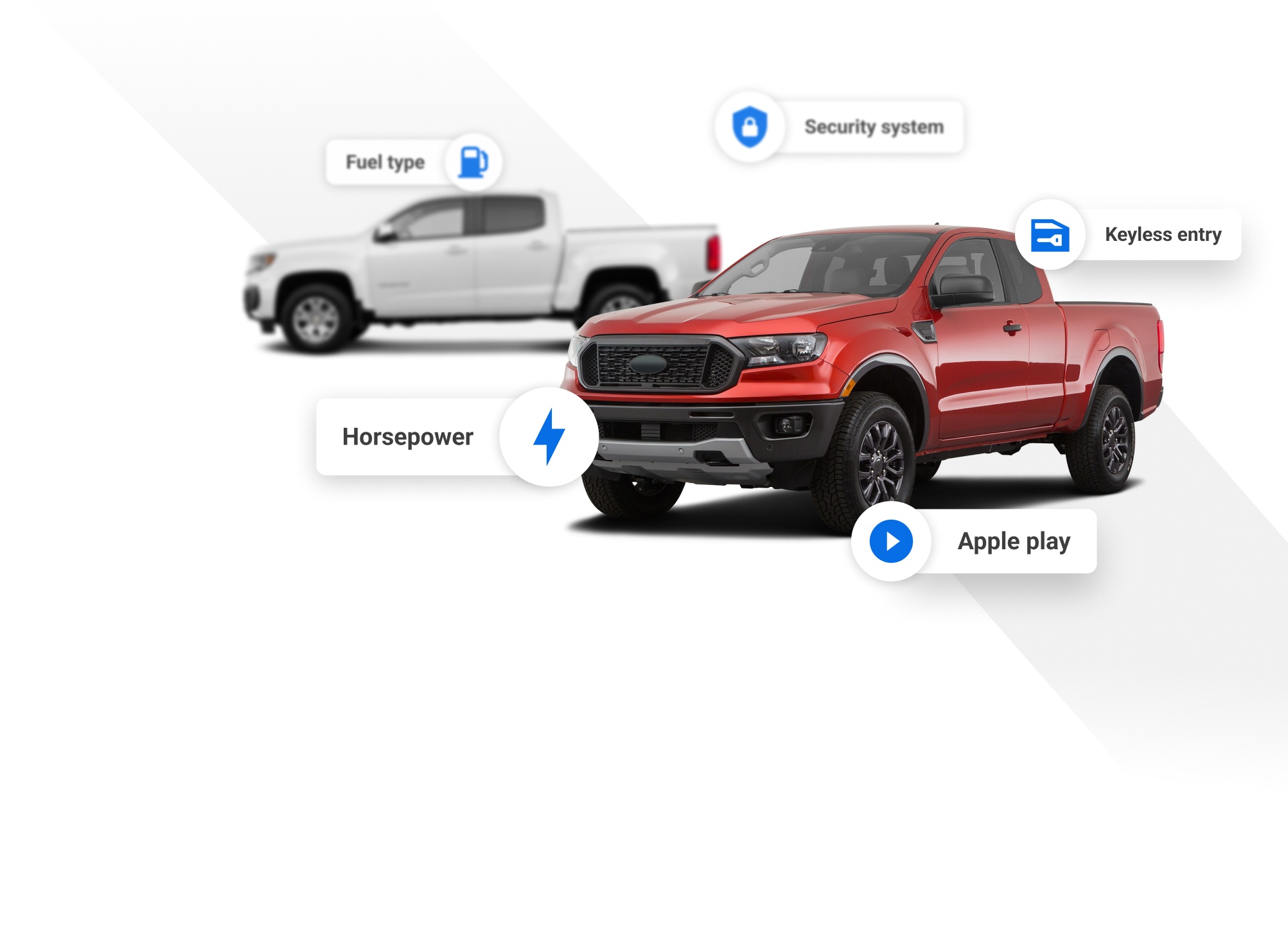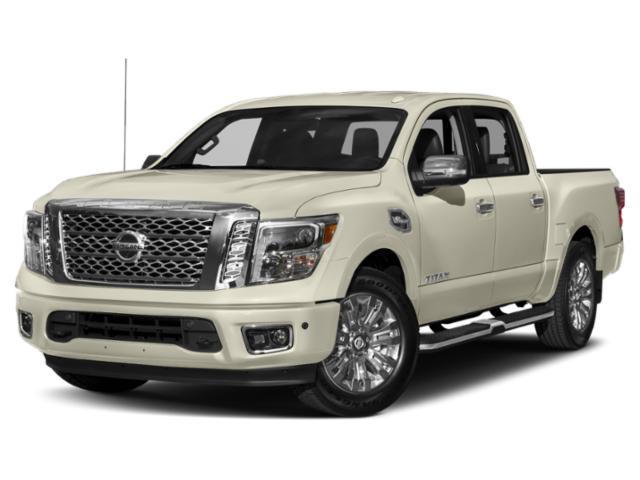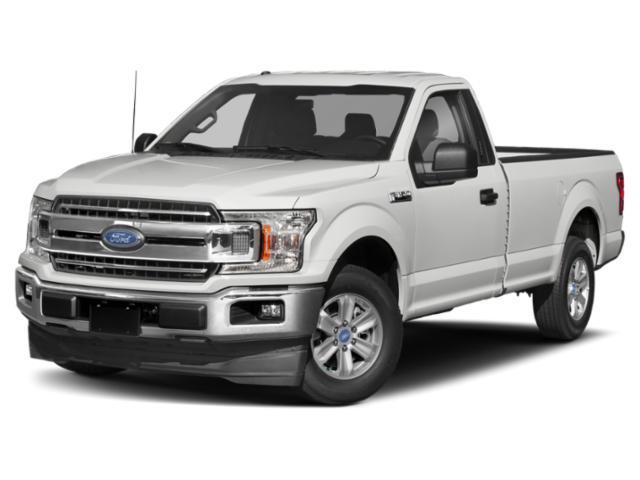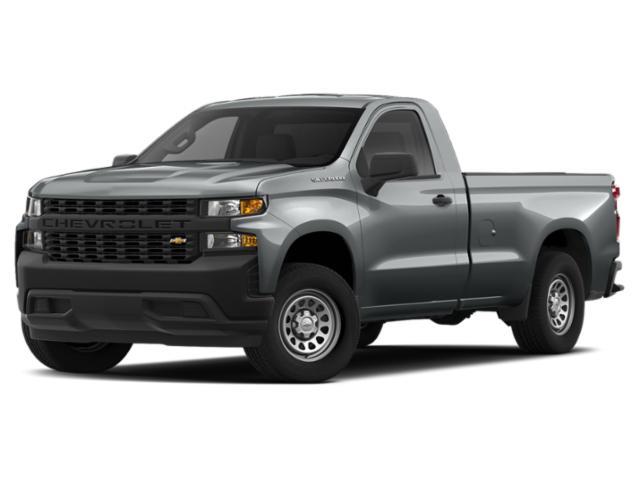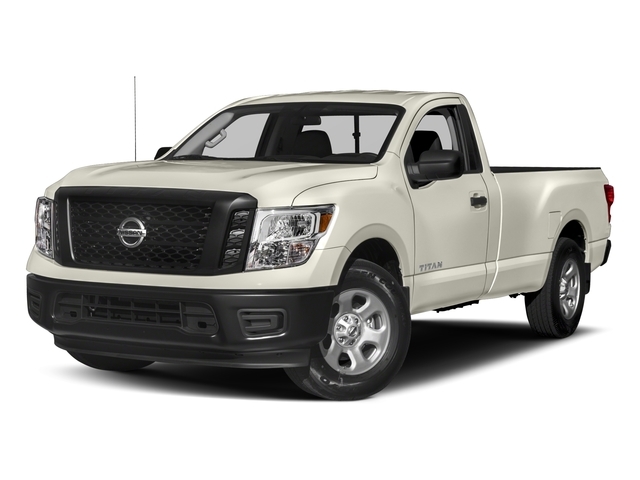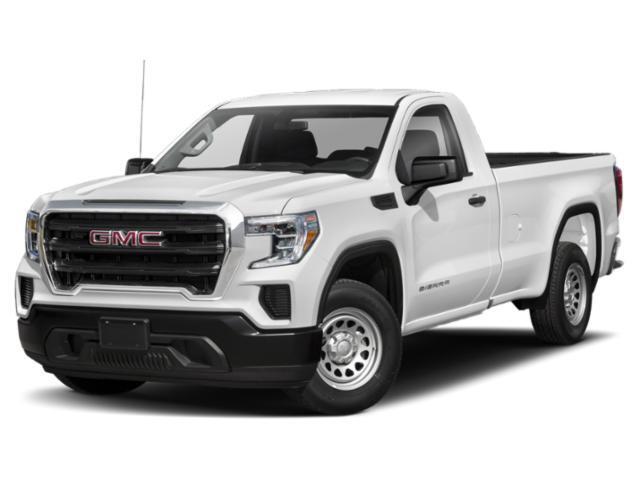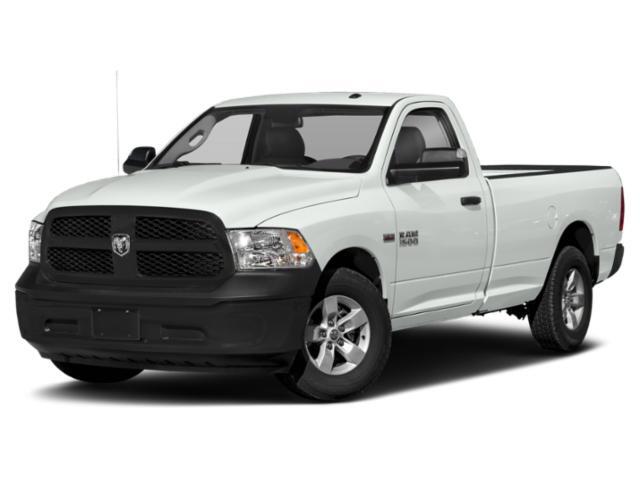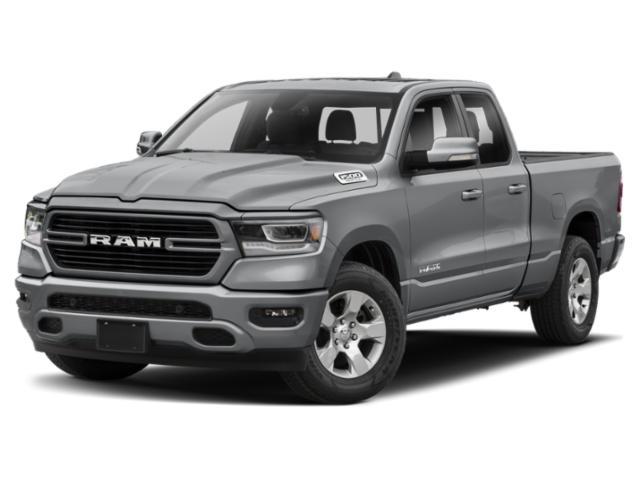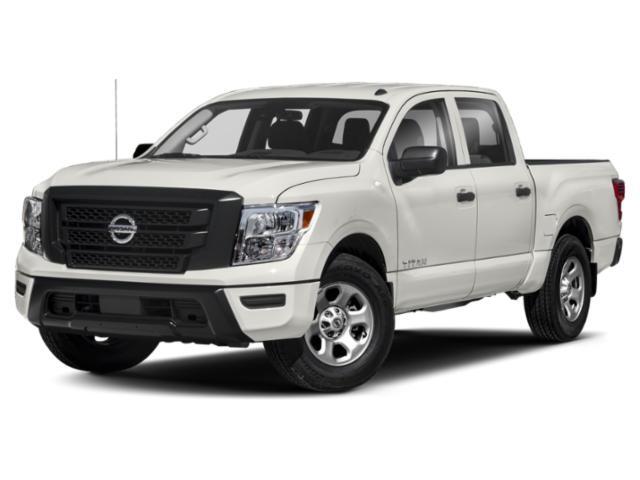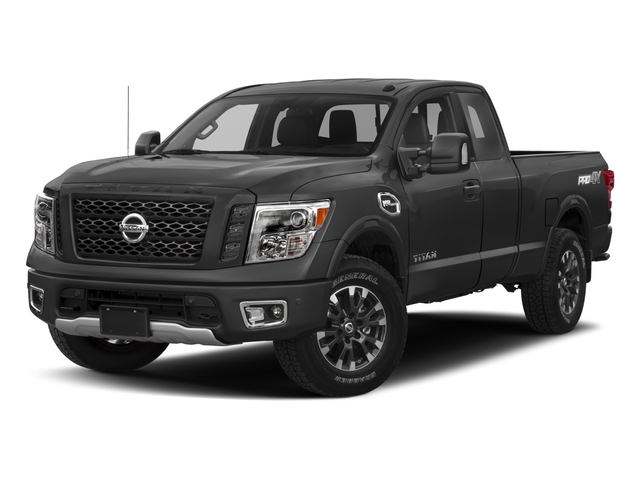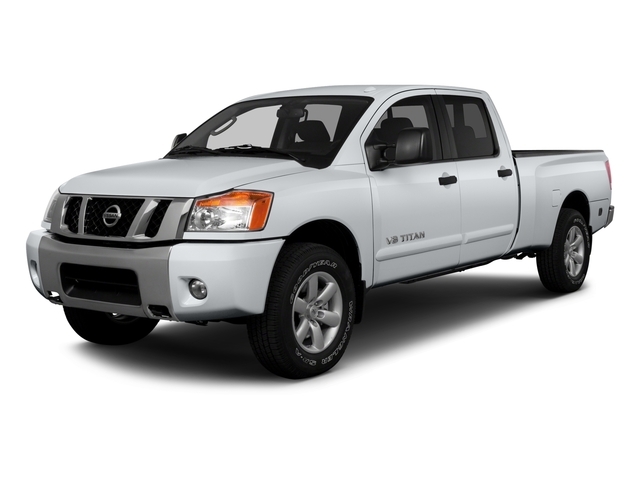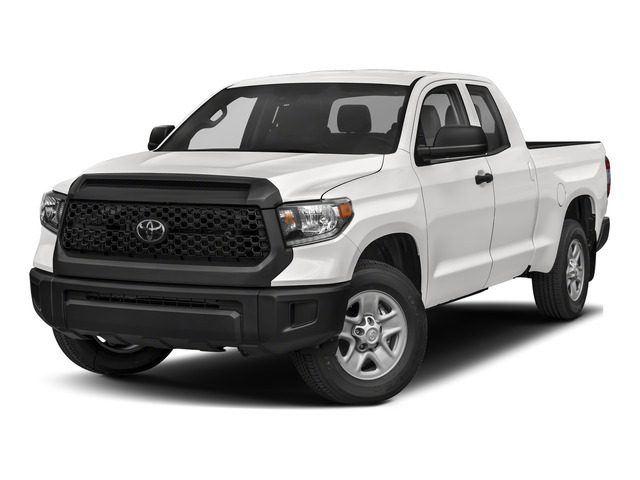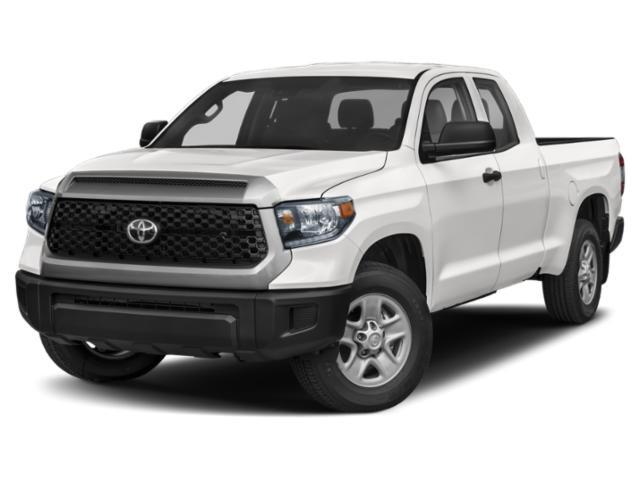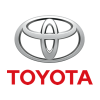
2019 Toyota Tundra

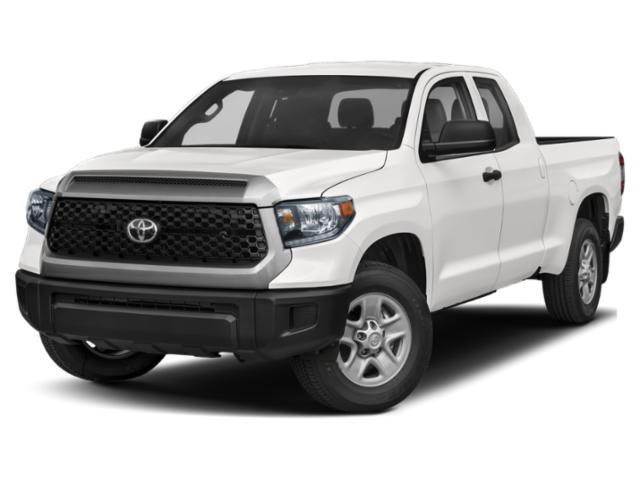
Key Specifications for 2019 Toyota Tundra






Buyer’s Guide
Toyota has never seemed especially keen on challenging U.S. truck manufacturers for sales supremacy with its Tundra, but instead appears content to build a pickup to appeal to people who value the brand’s reputation for durability.
It’s a move that regularly lands the Tundra on lists of vehicles with the highest residual values, something that will never happen to domestic-built trucks whose manufacturers lay on incentives to push their wares out of showroom doors.
But for 2019, Toyota has made the Tundra a bit more affordable by cutting nearly $2,500 from the base price to take the starting MSRP below $40,000. At the same time, that least expensive model (the 4x2 Double Cab SR5 Plus 5.7L) gains a few new features: a display audio system, three-person bench front seat and rear privacy glass.
Also new this year is an SX appearance package that, for a measly $85, adds black wheels and exterior trim to the 4x4 Double Cab SR5 Plus 5.7L trim.
There’s a new TRD Pro option package that ups the truck’s off-road cred with 18-inch forged wheels, Fox internal bypass shocks, fog lights and an array of TRD-branded (that’s Toyota Racing Development, by the way) exterior parts and pieces. Carried over are TRD Offroad and TRD Sport packages, both of which are notably less expensive this year.
Finally, the top-end Platinum trim adds a power locking tailgate to its list of standard equipment.
Otherwise, the Tundra is carried over. Most trims use a 5.7L V8 that makes 381 hp and 401 lb-ft of torque and comes matched with a six-speed automatic transmission and four-wheel drive.
The entry-level 4x2 Double Cab SR5 Plus 5.7L is the only two-wheel drive variant, while the 4x4 Double Cab SR 4.6L is the sole version to use a 4.6L V8 making 310 hp and 327 lb-ft of torque.
You will note there is no V6 option as offered by all three domestic truck makers, no turbo four cylinder as is available in the Chevrolet Silverado and no diesel option like you’ll find in any of the domestics. Toyota’s six-speed transmission is at least a couple of ratios down on most of its competitors, too, and stands in particularly stark contrast with the 10-speed offered by GM and Ford.
However, Toyota does include as standard its pre-collision system with pedestrian detection, lane departure alert with steering assist, automatic high beam headlights and radar cruise control, all of which are bundled into the Toyota Safety Sense P package.
Other standard niceties include display audio, USB input, Bluetooth, air conditioning, power locks and windows, a 4.2-inch multi-information display, heated side mirrors with electric adjustments and LED daytime running lights.
Toyota’s fuel consumption estimates are 16.8/13.1 L/100 km (city/highway) with the 4.6L engine and 4WD; 17.7/13.6 for the 5.7L/RWD combo and 18.0/14.1 for trucks with the 5.7L engine and 4WD.
Review & Compare:
Photos

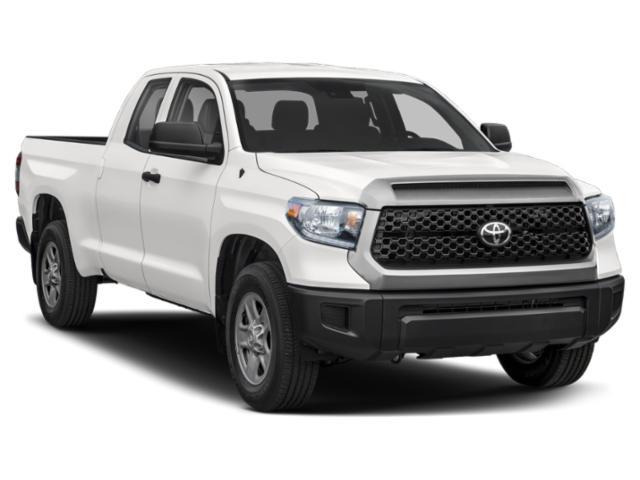
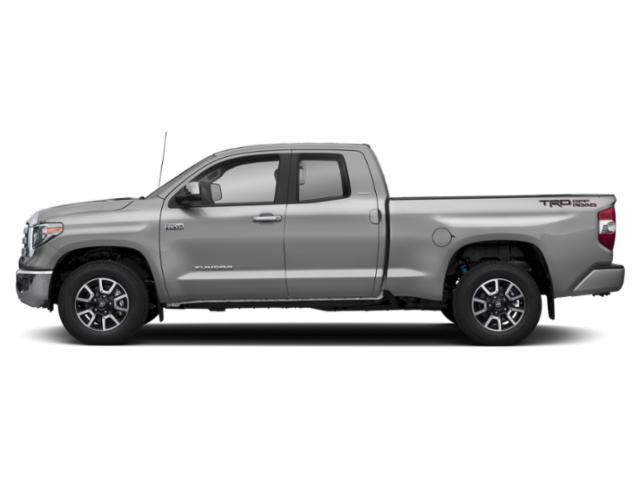
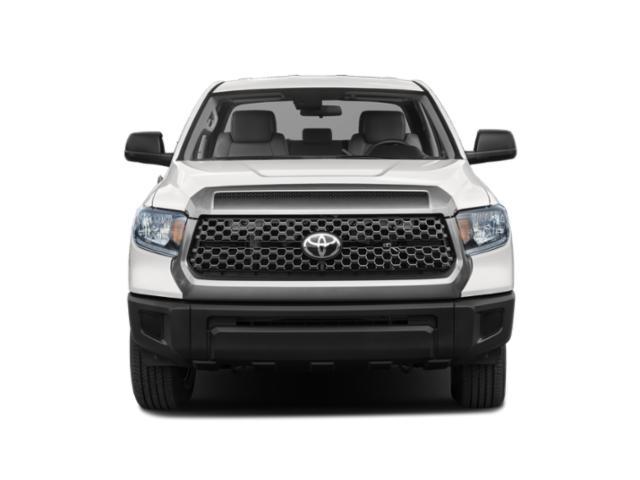
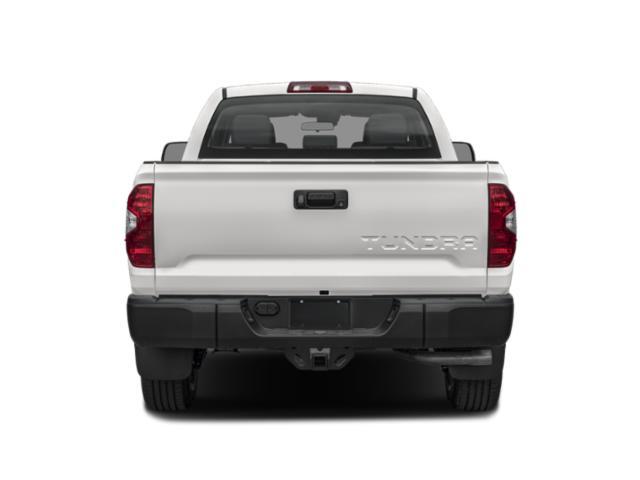
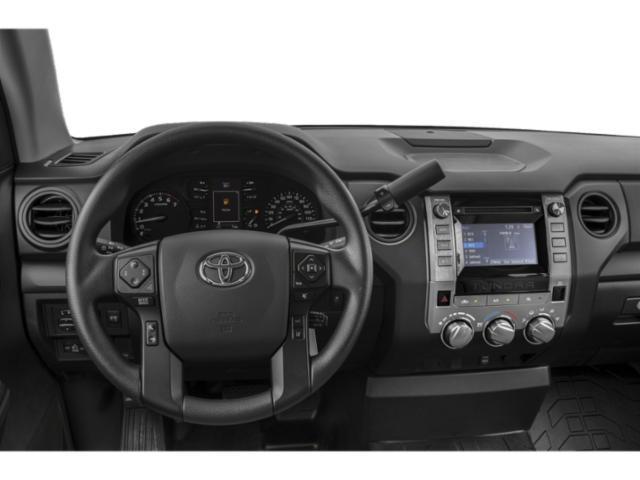
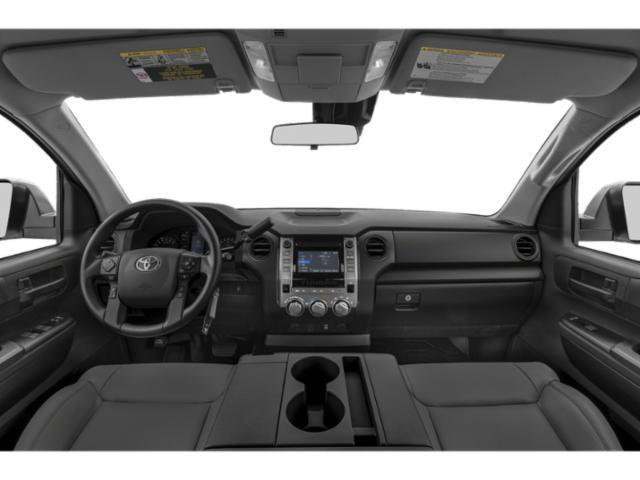
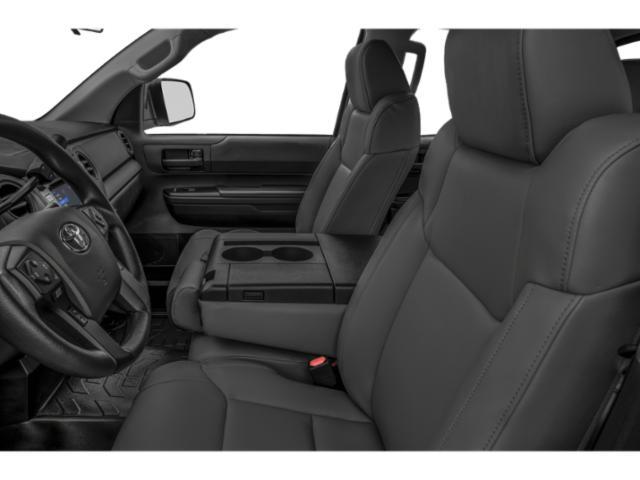
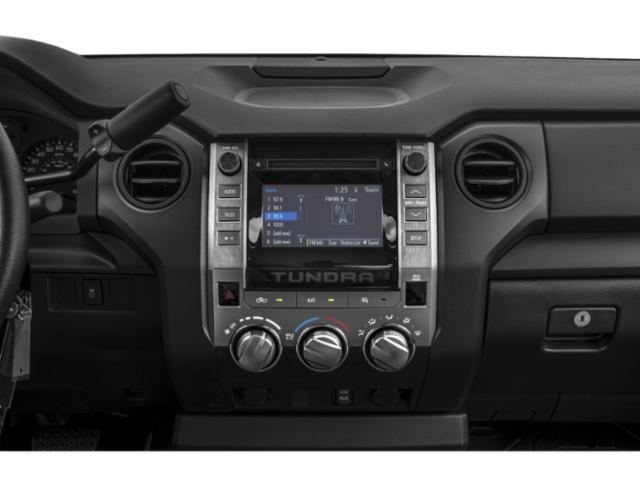
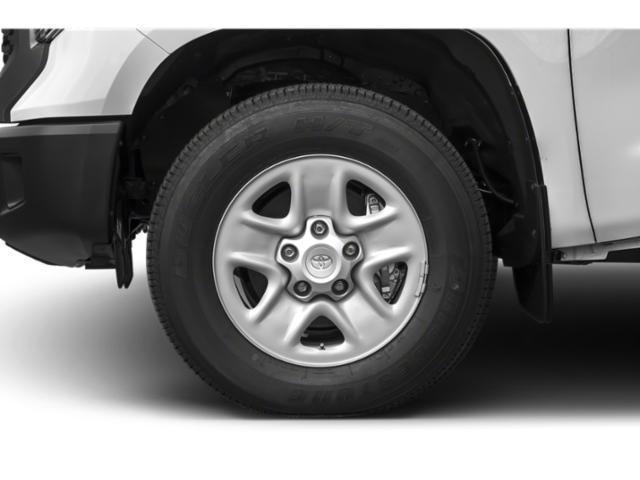
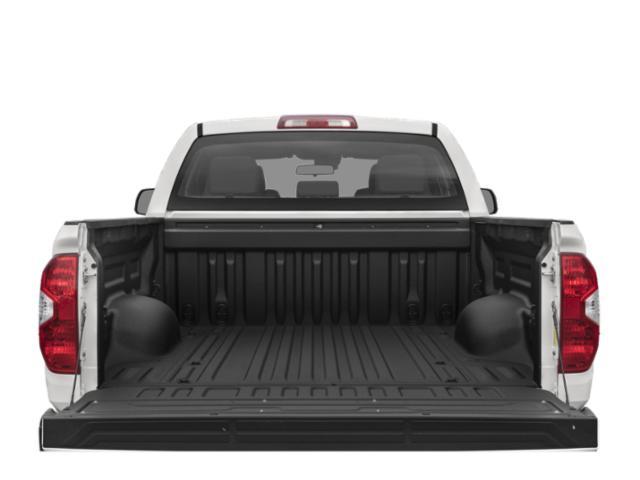
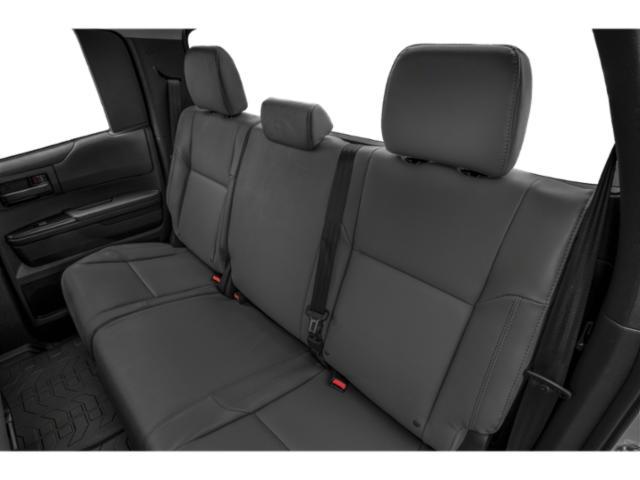
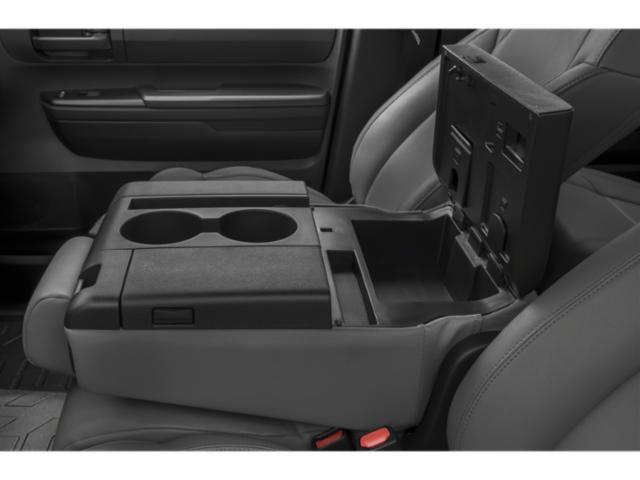
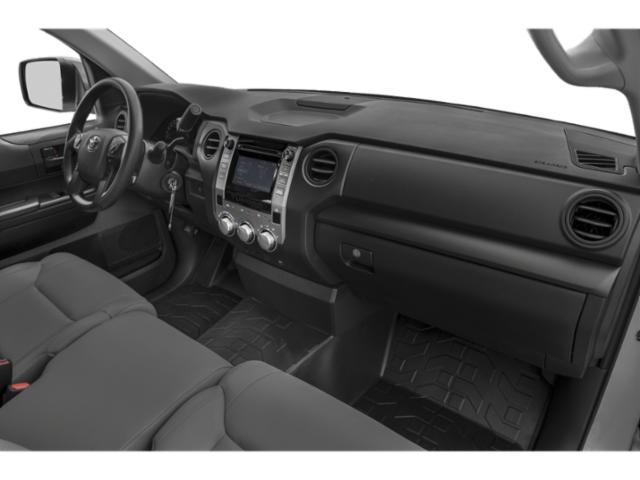
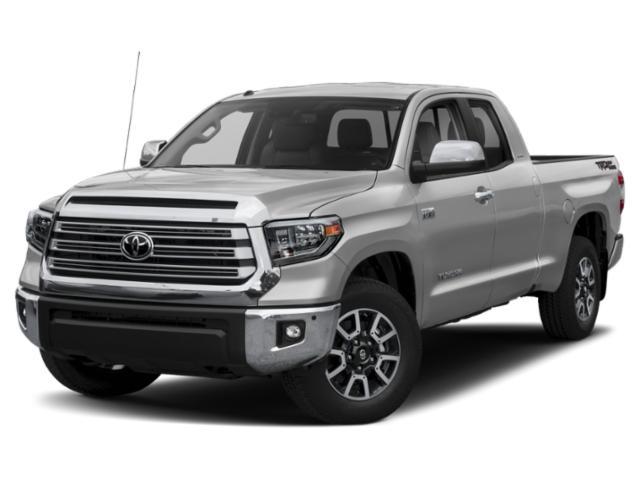
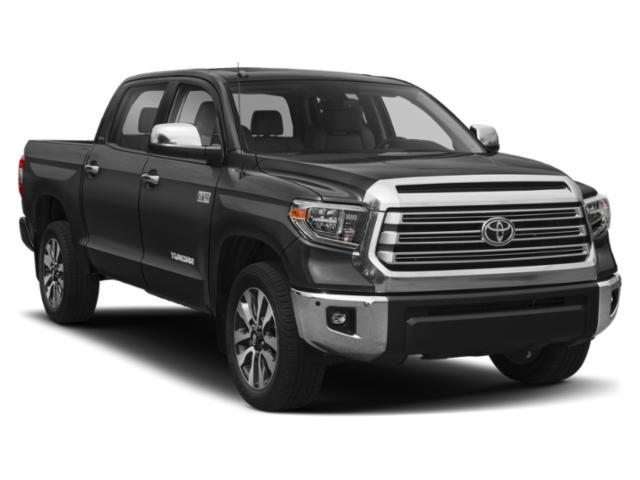
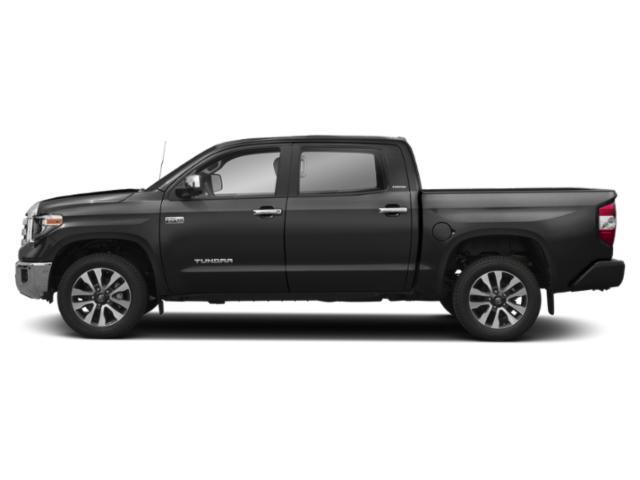
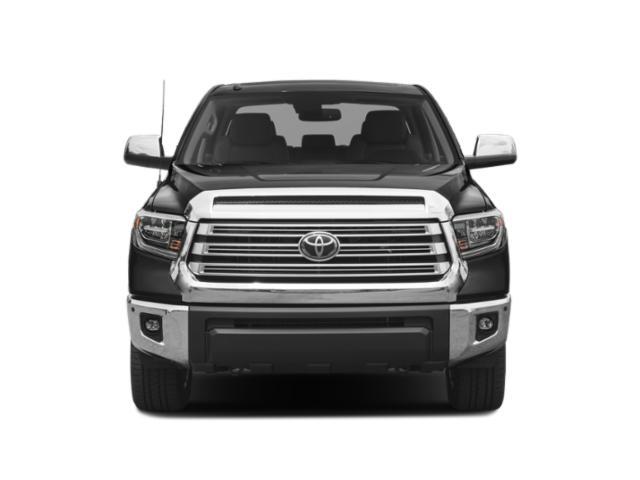
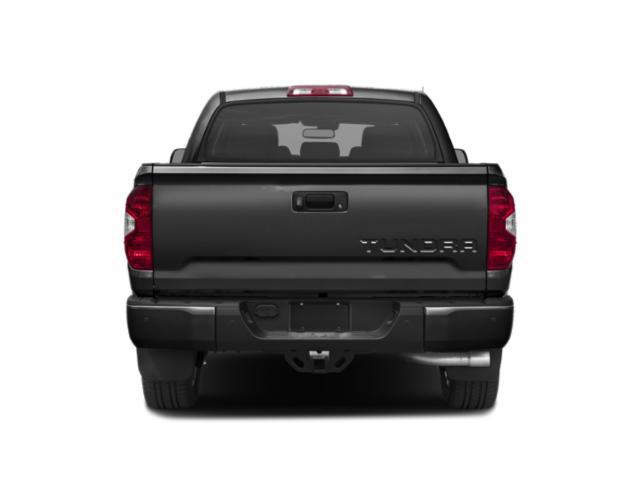
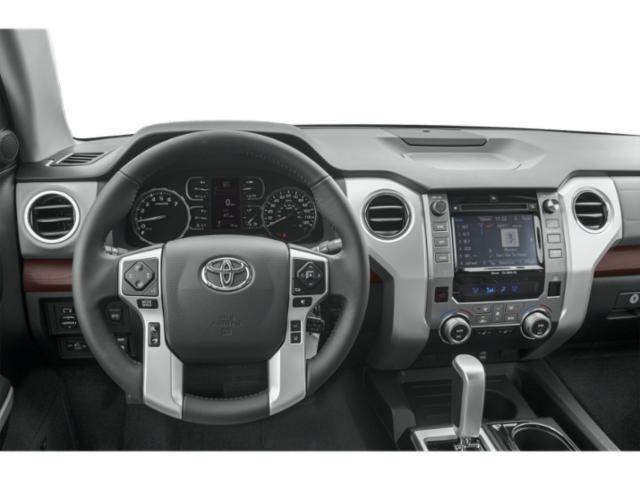
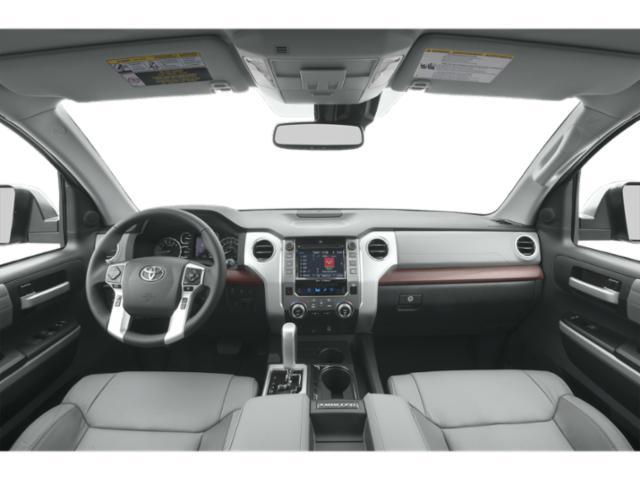
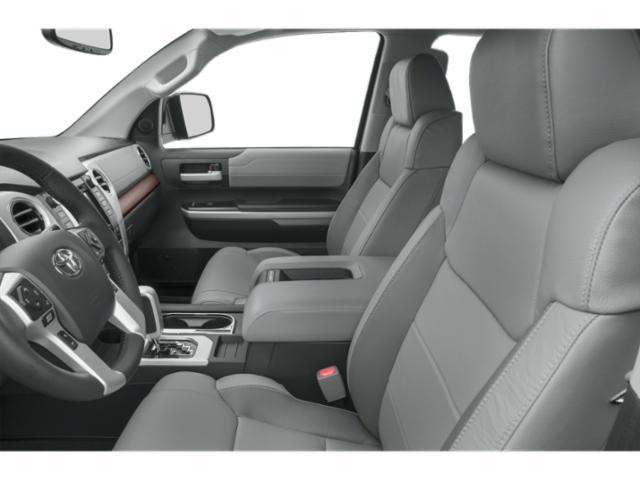
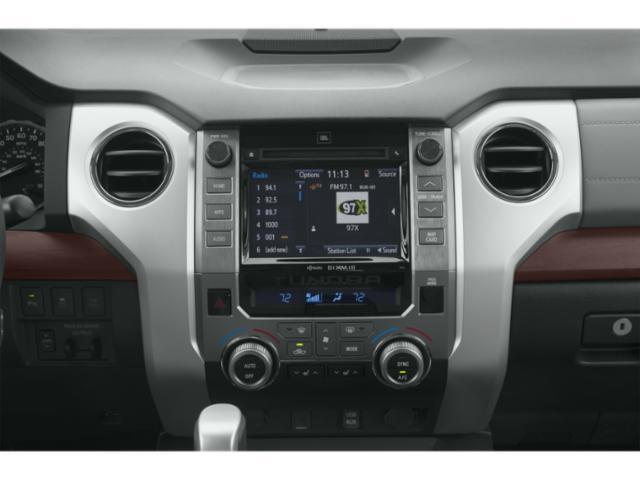
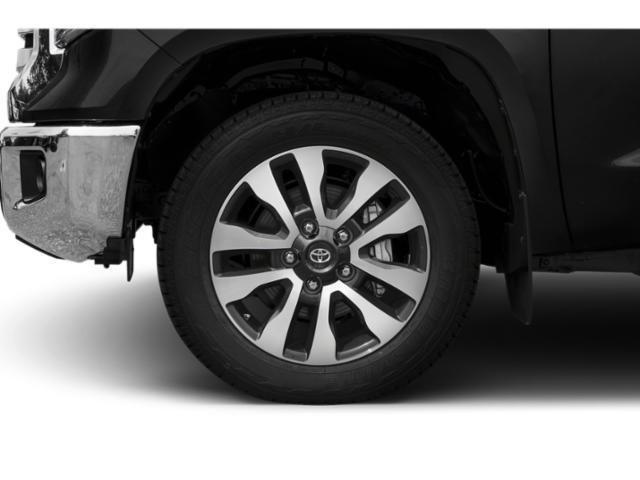
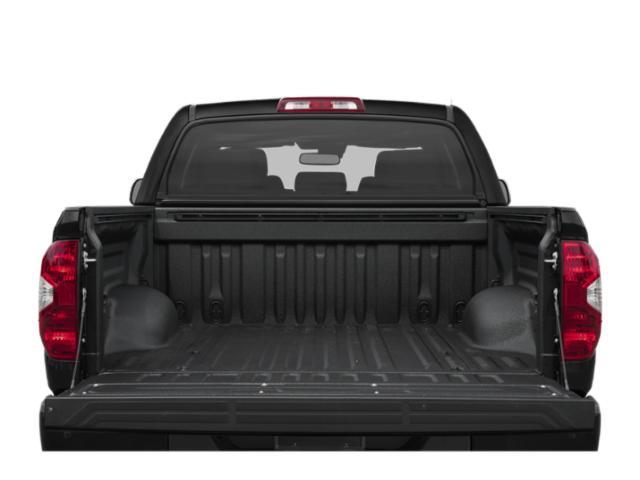
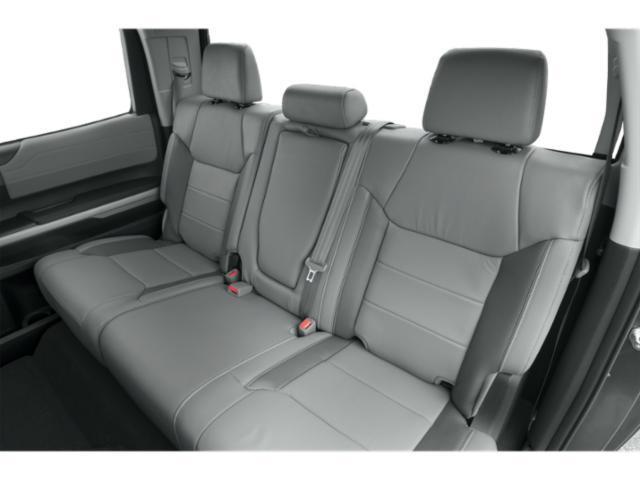
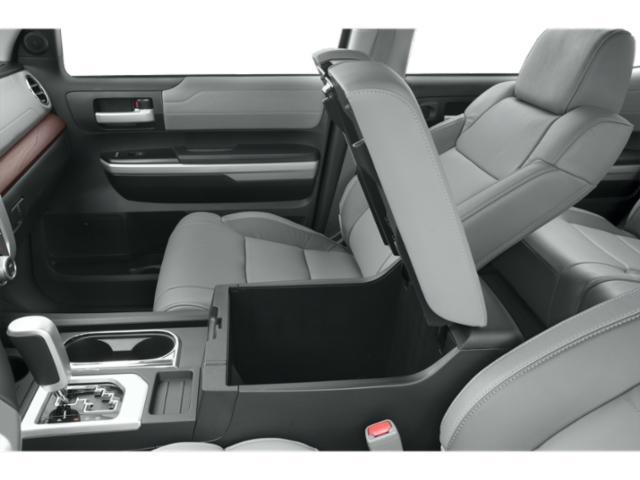
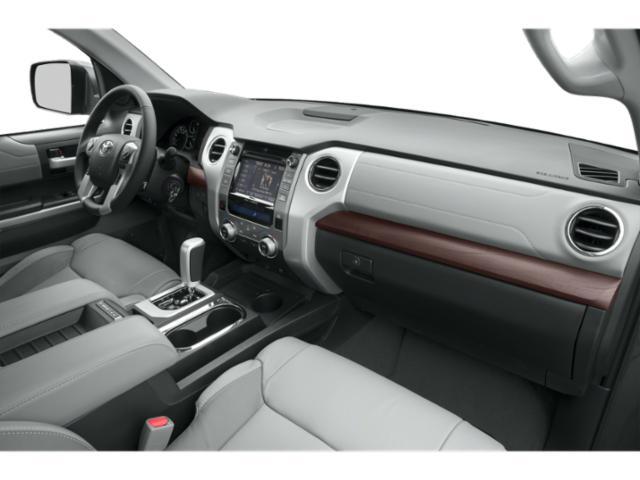
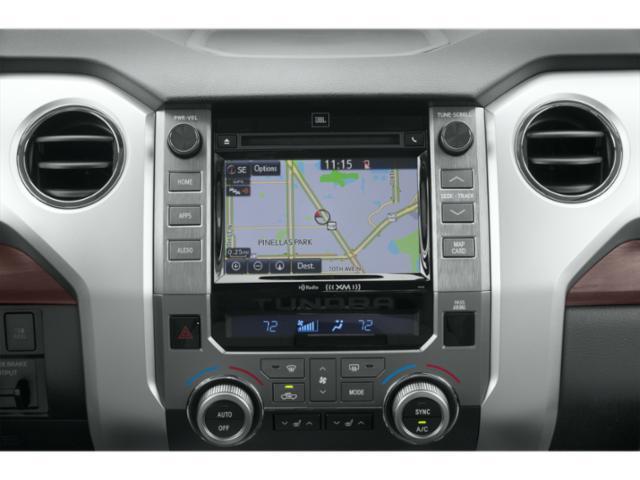
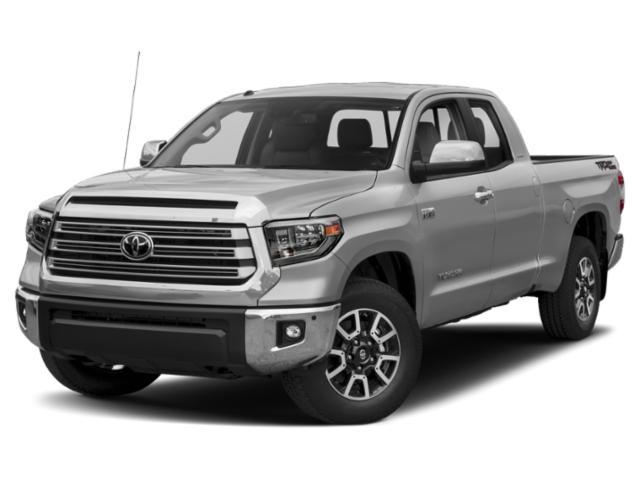
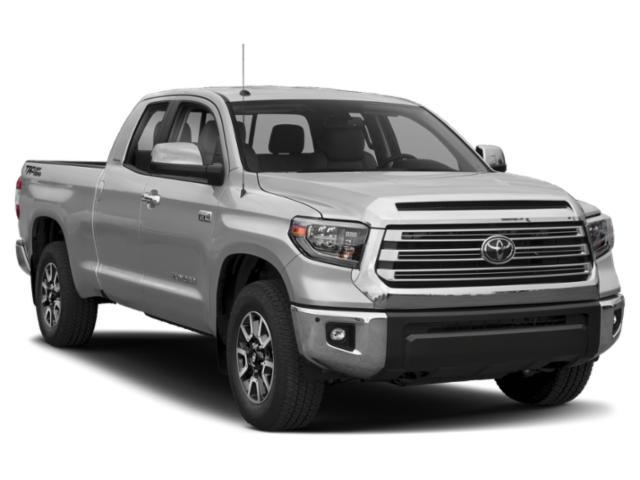
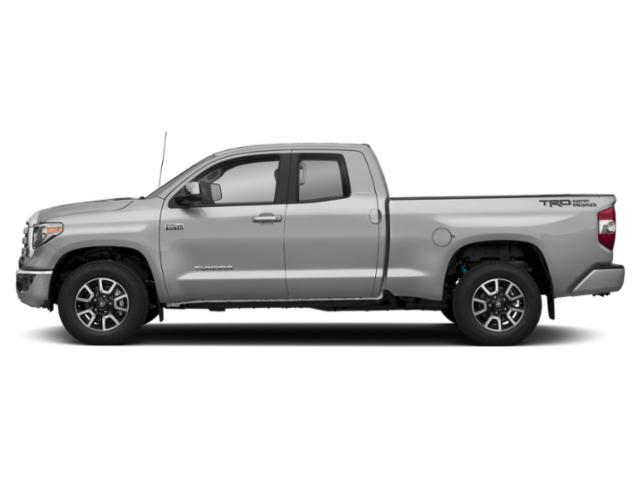
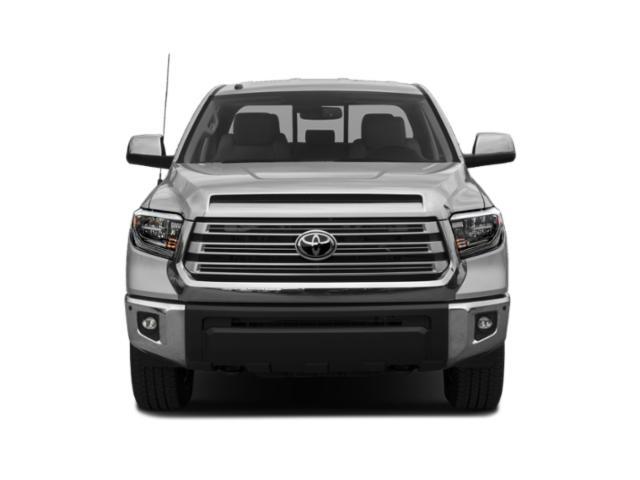
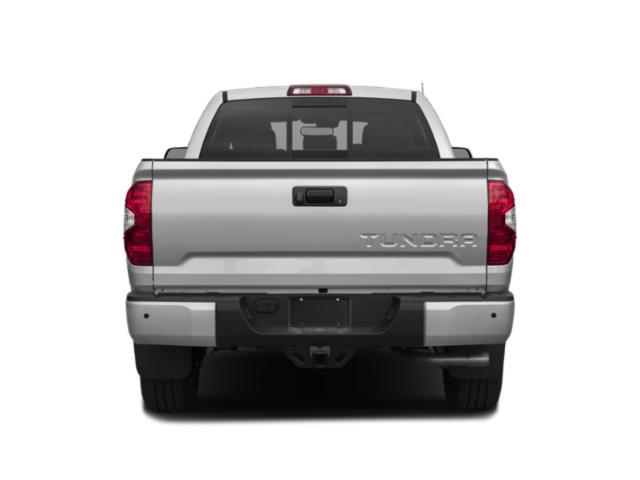
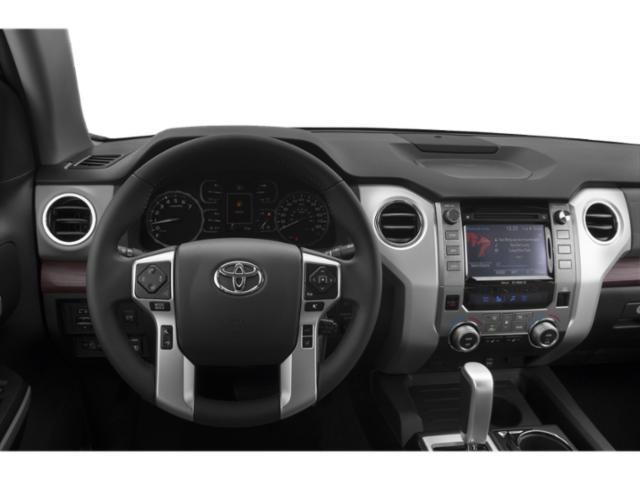
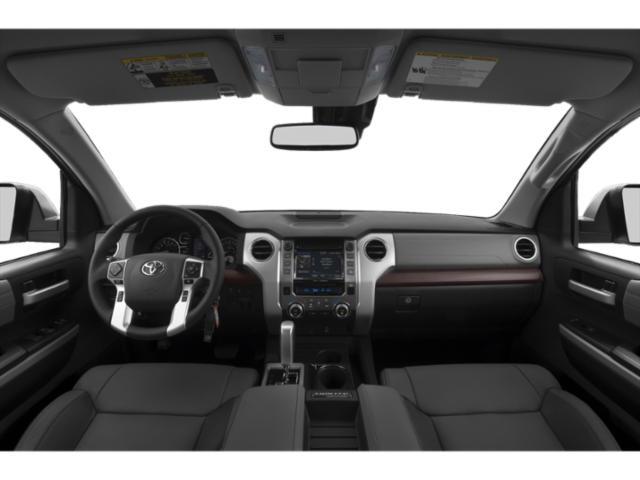
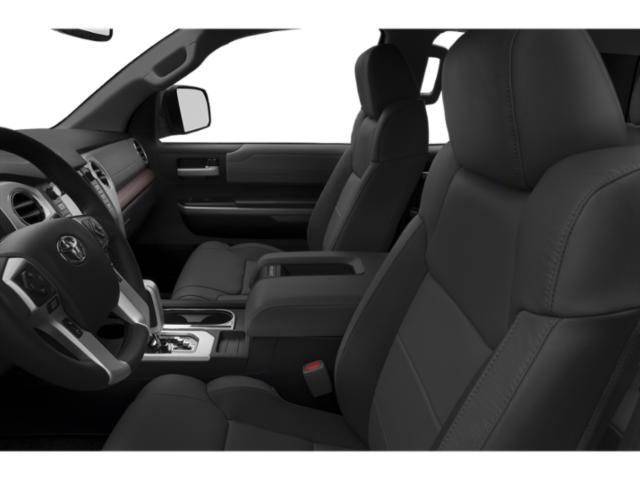
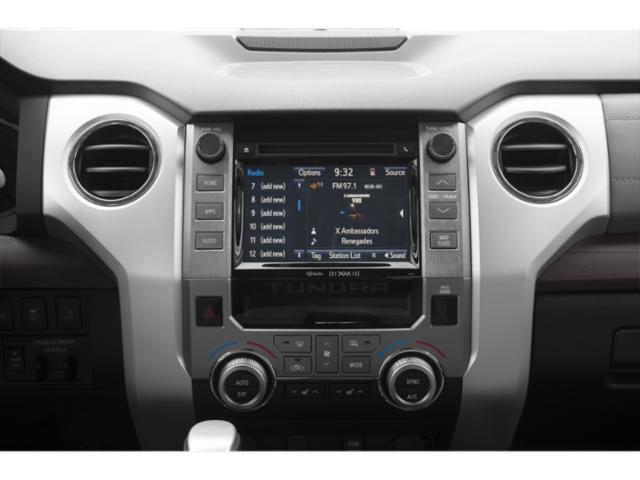
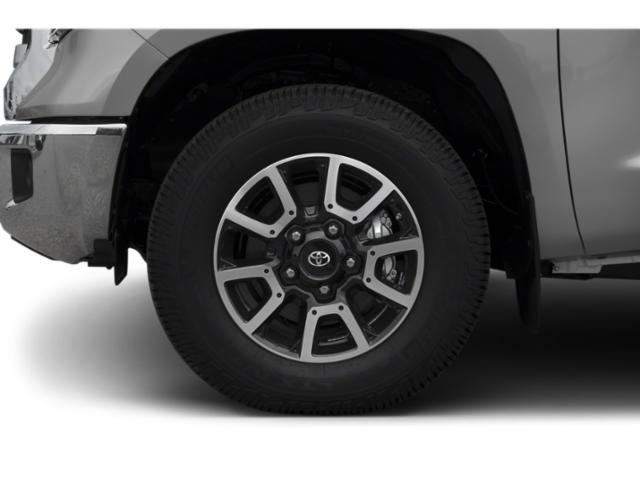
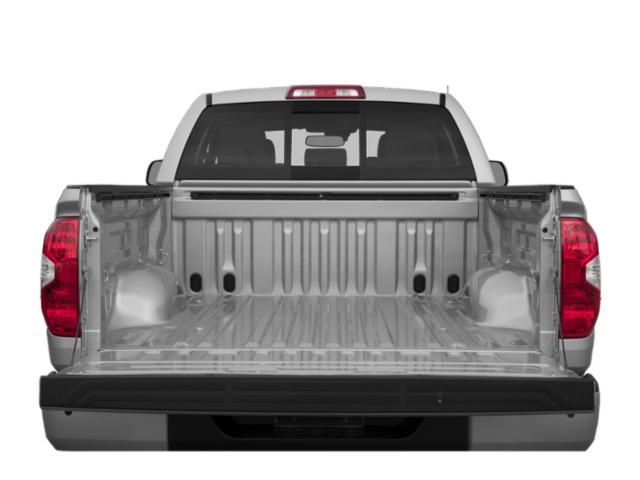
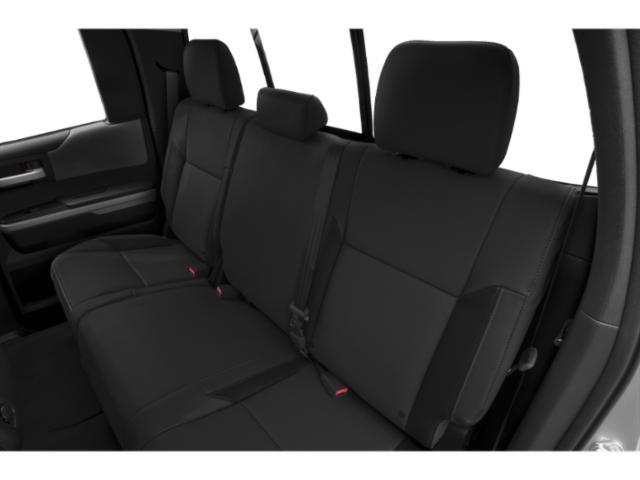
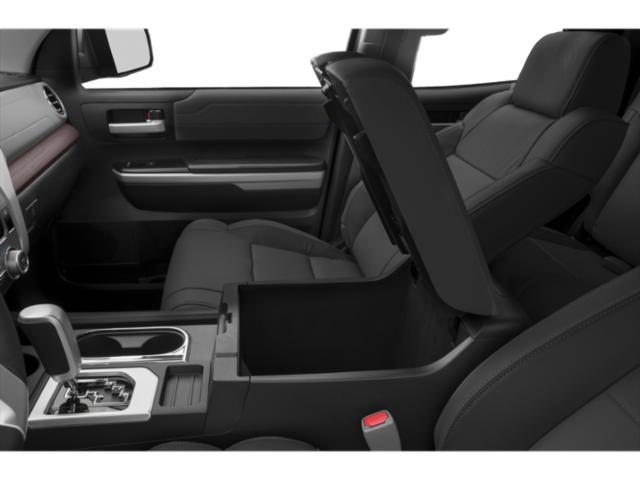
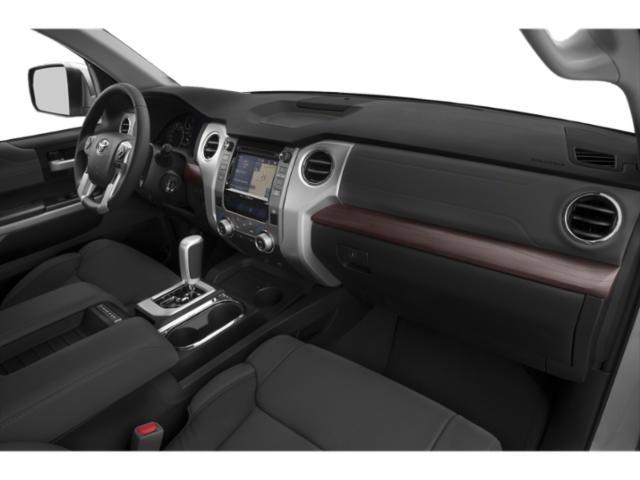
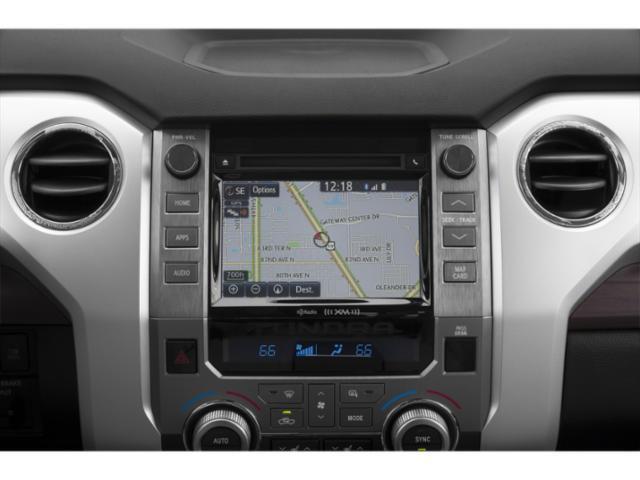












































AutoTrader Review





